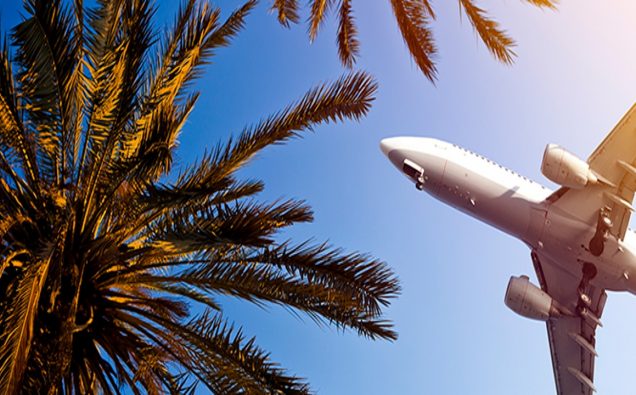
Airlines around the world may not be flying high in terms of their revenues this year as countries grapple with economic uncertainty and prospective passengers wait for coronavirus crisis to subside before deciding on business or personal tours.
With peak months of tourism in summertime and return of economic activity nowhere in sight, the year 2020 looks a steep decline in the number of travelers.
The International Civil Aviation Organization (ICAO) says airlines may be faced with 1.5 billion fewer international air travelers this year.
Under normal circumstances, the world’s airlines would be carrying nearly 2 billion international passengers this year, or 5.7 million a day.
As COVID-19 restrictions of safe distancing appear to be lingering around for a while, international seat capacity, according to ICAO, could drop by almost three-quarters, resulting in a 273 billion dollar loss compared to previously expected gross operating revenues.
“In today’s updated analysis, the analytical timeframe was extended for another three months to December 2020, and more reliable air fare data was used to calculate revenue reduction,” advised ICAO Secretary General Dr. Fang Liu, according a statement over the weekend.
#Coronavirus sends international passenger numbers into a nose dive, @icao says, as it looks ahead to post- #COVID19 recovery.https://t.co/Pd9rlzBLTz
— UN News (@UN_News_Centre) May 1, 2020
The air travel projections are significant to many countries now planning their COVID-19 recovery scenarios, given the importance of tourism, global supply chains, and many other air connectivity factors to local socio-economic prosperity.
The Montreal-based specialized UN agency cautions that its figures are not forecasts, but rather scenarios that indicate possible paths or consequential outcomes, out of many.
The UN News Center explained that the actual impact will depend on many factors – including the duration and magnitude of the outbreak and containment measures, government assistance, economic conditions and the degree of consumer confidence for air travel.
“What is known is that, for Asia-Pacific airlines, the COVID‐19 pandemic has already surpassed the 2003 SARS outbreak that prompted a $6 billion drop in revenue.”
In that instance, it took just six months for the industry to return to pre-crisis levels.
Without the pandemic, ICAO said, international passenger demand could have gone up by 67 million this year, as airlines planned to grow their seat capacity by 3.4 per cent over 2019, the UN said.
The biggest drop in demand now is expected to be in Europe during its peak summer travel season, followed by the Asia-Pacific region, the United Nations said in a report.













